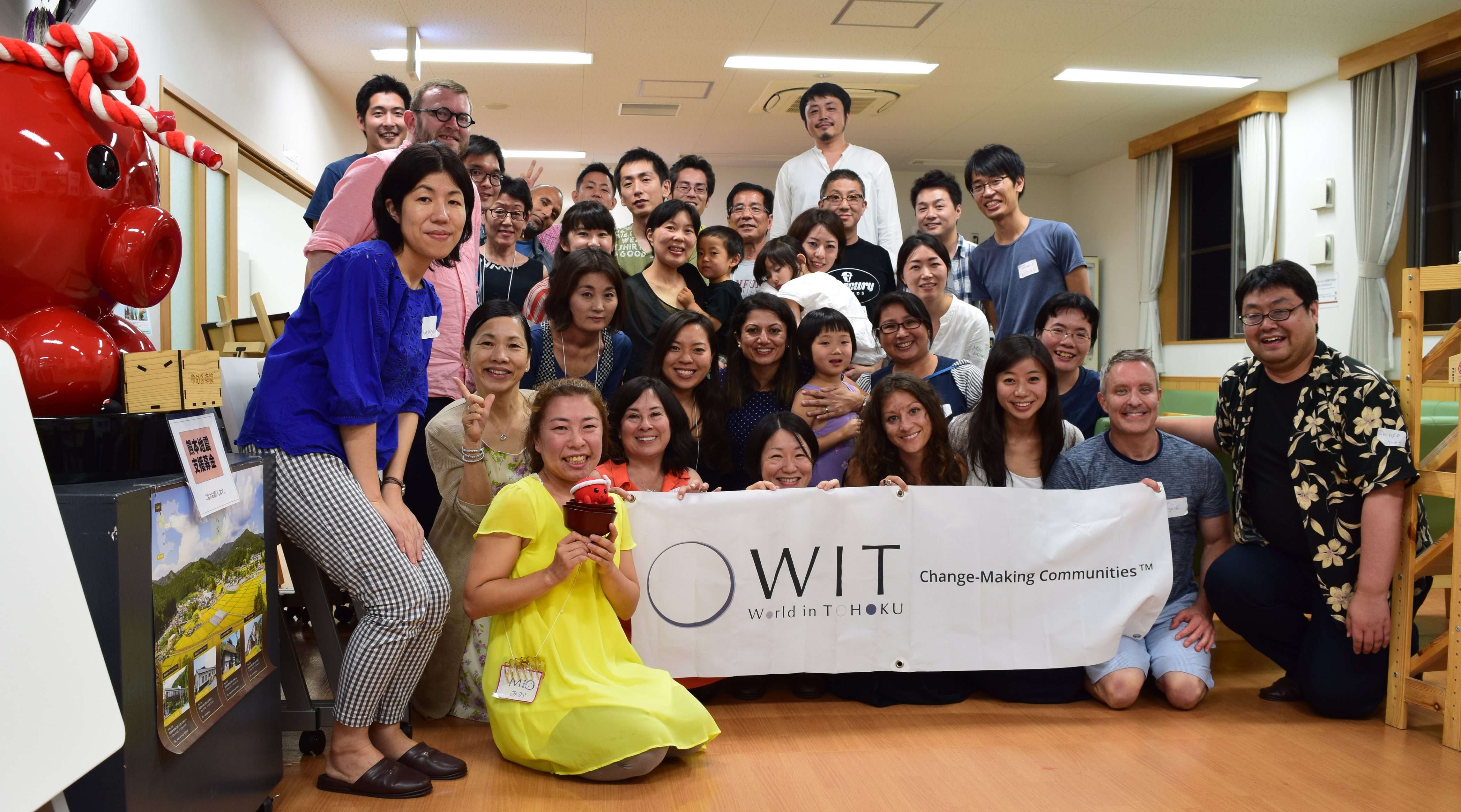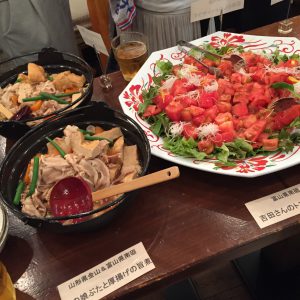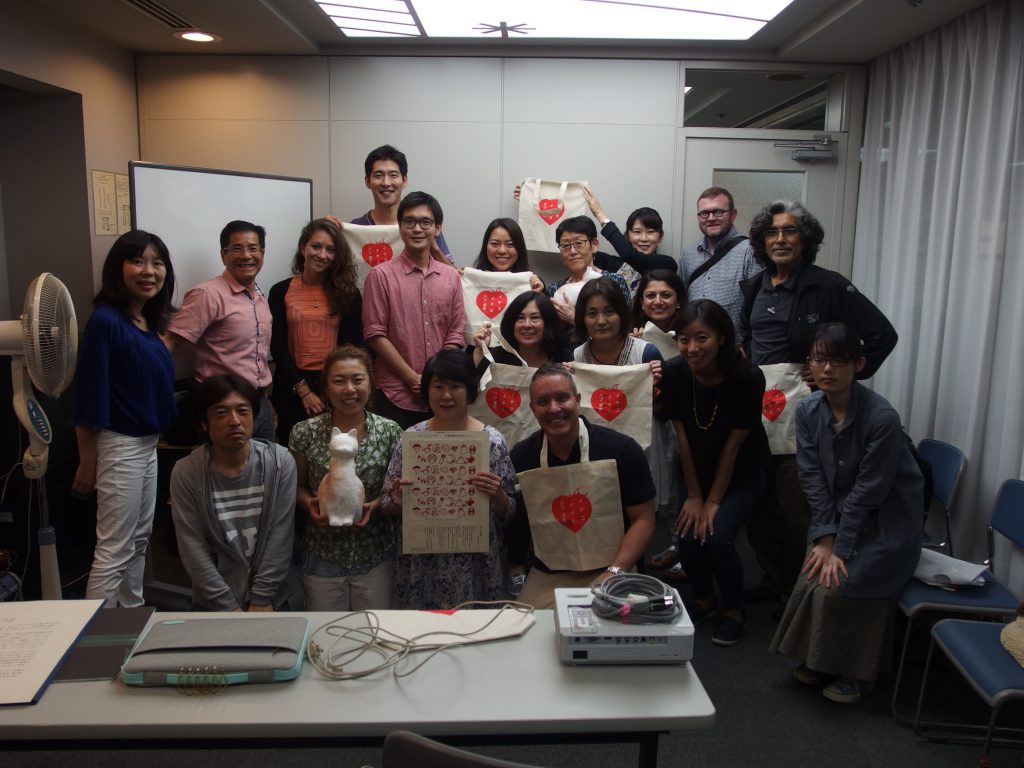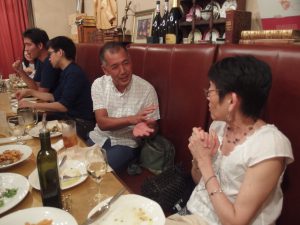I will be forever grateful for the experience at WIT Cross-Border Learning Journey we organized in July. I cannot thank enough each and every one of the participants, and am still reminded of each one’s face, voice, and expressions every day. The Cross-Border Learning Journey was filled with positive energy to make a difference collectively for the society. The program was supported by generous contributions from WIT Partners, WIT Ambassadors, program participants, and the US-Japan Foundation. Thank you very much for making this journey possible.
During the one-week program in Japan, social entrepreneurs from Tohoku engaged with professionals from various backgrounds in order to reaffirm their vision and mission, engage in problem-solving activities, and create lasting social impact. The 40 + participants from the US and Japan convened for the Cross-Border Learning Journey, bonded like a big family at the end of the one-week program, and are continuing conversations for ongoing collaborations across Tohoku, Tokyo, New York, San Francisco, West Japan, and online.
The following members participated in the Journey: nine entrepreneurs addressing social issues in Tohoku and creating new civil society, eleven professionals from diverse fields in the US, and nine professionals from Japan.
WIT not only serves as a convener for these different stakeholder groups, but also provides entrepreneurs with management and capacity building support, while also establishing collaborations to create systemic change.
Asuiku
Chimichi
Replus
GIFTHOPE
Kizuna Mail
Mammaru Mama Iwate
Meiten
Watari Green Belt
World Chodoi Lab
Below is the list of participants from the US and Japan. We were very lucky to have them both because of their extensive and rich expertise, as well as for their passion and commitment to contribute to the sustainable rebuilding of Tohoku. Most importantly, we appreciate everyone’s collective desire to spur social innovation in Japan and beyond with their expertise.
Christina Ahmadjian, Hitotsubashi University etc.
Keitaro Fujishima, Recruit Management Solutions Co.,Ltd.
Gordon Endow, Gordon & Rees LLP
Kia Guarino, Johns Hopkins School of Advanced International Studies (SAIS)
Geoffrey Hoefer, Omomuki Foundation
Yuya Kato, Kodansha Ltd.
Mary Kearns, Herban Lifestyle: M Kearns Research Consulting
Samjhana Khanal, Independent international development consultant
Vihag Kulshrestha, Guinness World Records Japan K.K
Zakcq Lockrem, Asakura Robinson
Takuro Maruyama, Guinness World Records Japan K.K
Nancy Matsumoto, Freelance journalist
Ayaka Nagasawa, Consulate-General of Japan in New York
Michiyo Oda, Benesse
Erika Ogawa, Guinness World Records Japan K.K
Safi Qureshey, Hashi Link: Give2Asia etc.
Keiko Sakagami, Supervisor/ Public Health Educator, NY City
Steve Sakanashi, Sekai Creater
Ryota Sekine, Cofounder, Fitness Cubed Inc.
Nao Sudo, Japan Exchange Group, Inc.
The restaurant of the welcome dinner was established by producers from all over Japan (http://ameblo.jp/nipponno/), one of which is WIT member’s uncle, vice president of a famous Japanese fish cake company. Farmers and fishermen invested in the restaurant as co-owners, and continue to cater their fresh produces today. As customers discover their favorite dishes locale to many areas of Japan, they can then travel to the regions themselves.
The field visits to eight social entrepreneurs sparked a lot of insights and discussion among the participants and organizations, inspired by seeing the work of the entrepreneurs in Tohoku with their own eyes and listening to the stories of the entrepreneurs and their and staff members. Though a half-day visit per organization was not enough to neither fully grasp the work nor understand one another, the site visits laid a good foundation to continue conversations for collaboration and build long-term relationships.
One thing WIT challenged entrepreneurs to achieve was to craft elevator pitches of their work in English. Given that elevator pitches are not a common practice among social sector in Japan, WIT conducted three skype session for the organizations before the Learning Journey to introduce what it is and how to construct their own. As a result, entrepreneurs were able to introduce their work briefly to the US participants in English in a concise and articulated way. Most of them already have a foundation of the English language, but the ability to convey their mission and vision was a new level that they all achieved.
The followings are highlights from the field visits.
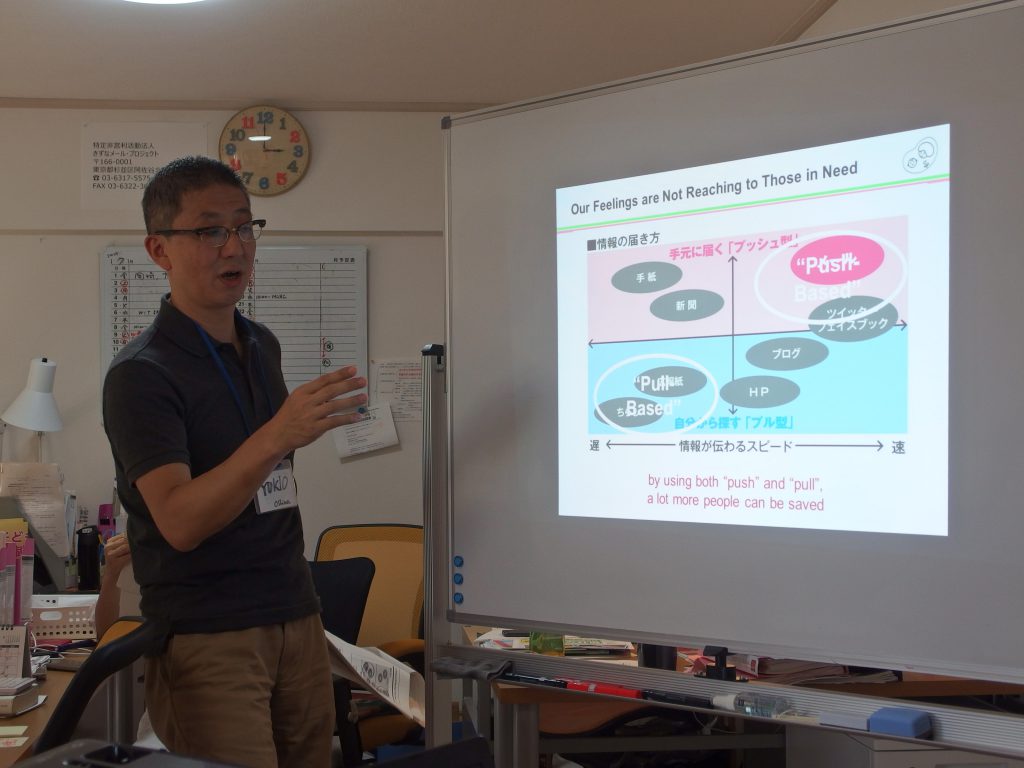
Presentation by Kizuna Mail Project, a daily email delivery service for pregnant and newborn mothers in Tokyo (Photo by Mio Yamamoto)
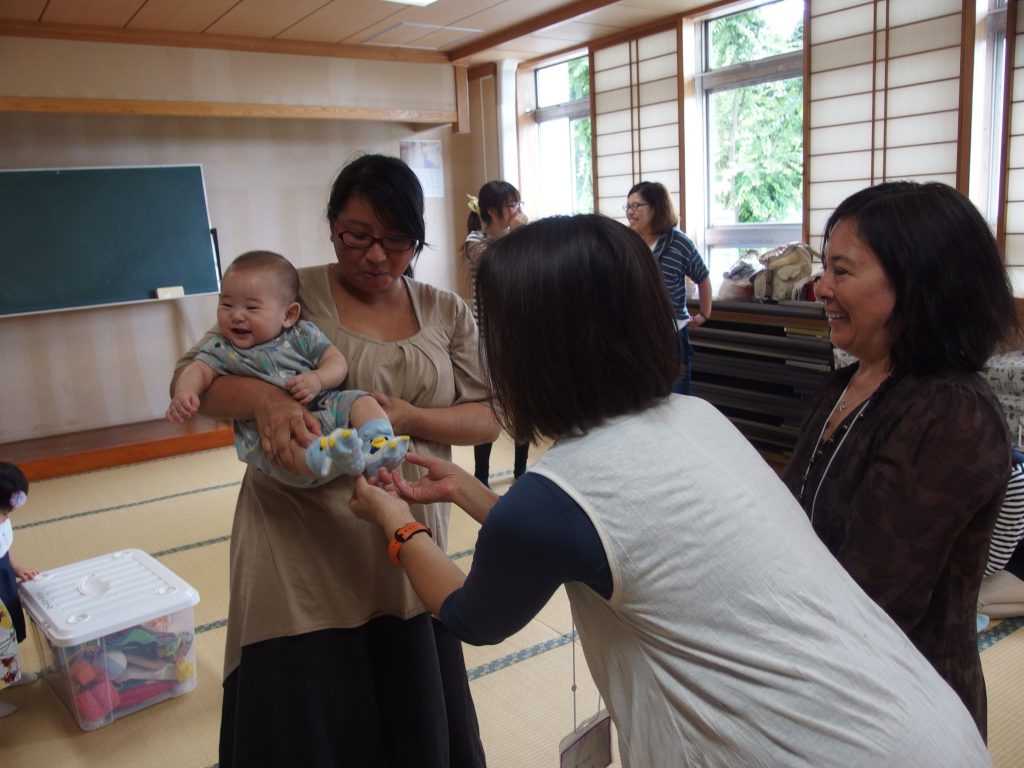
Mammaru Mama Iwate in Hanamaki, Iwate, and their yoga lesson for mothers and babies (Photo by Mio Yamamoto)
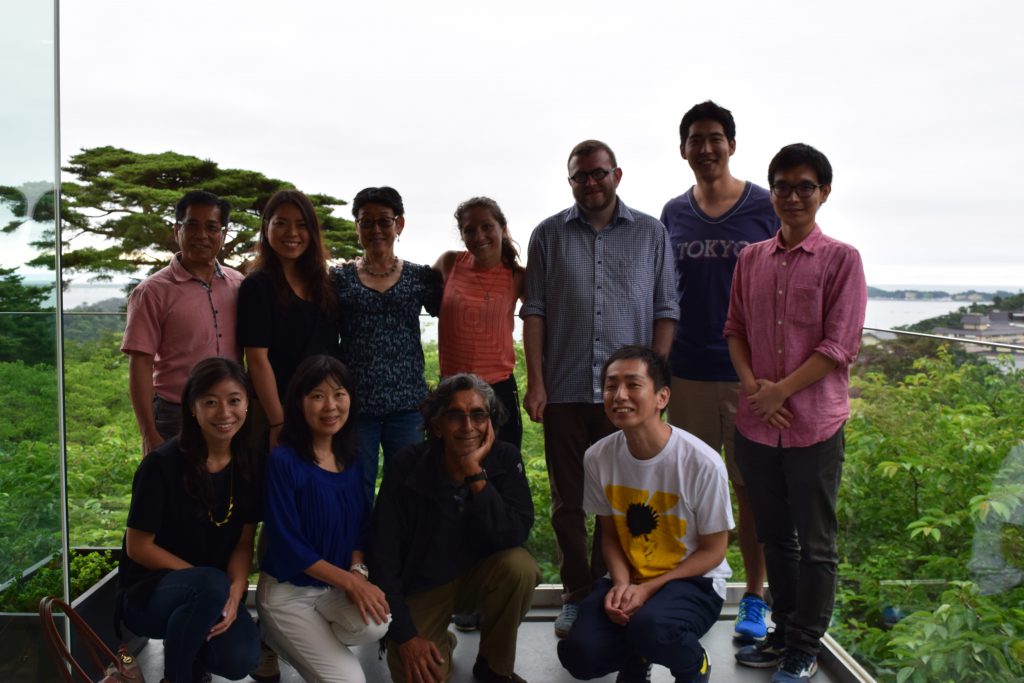
World Chodoii Lab’s efforts to spread sustainable “Just Right” management method. at Café Roman in Matsushima, Miyagi
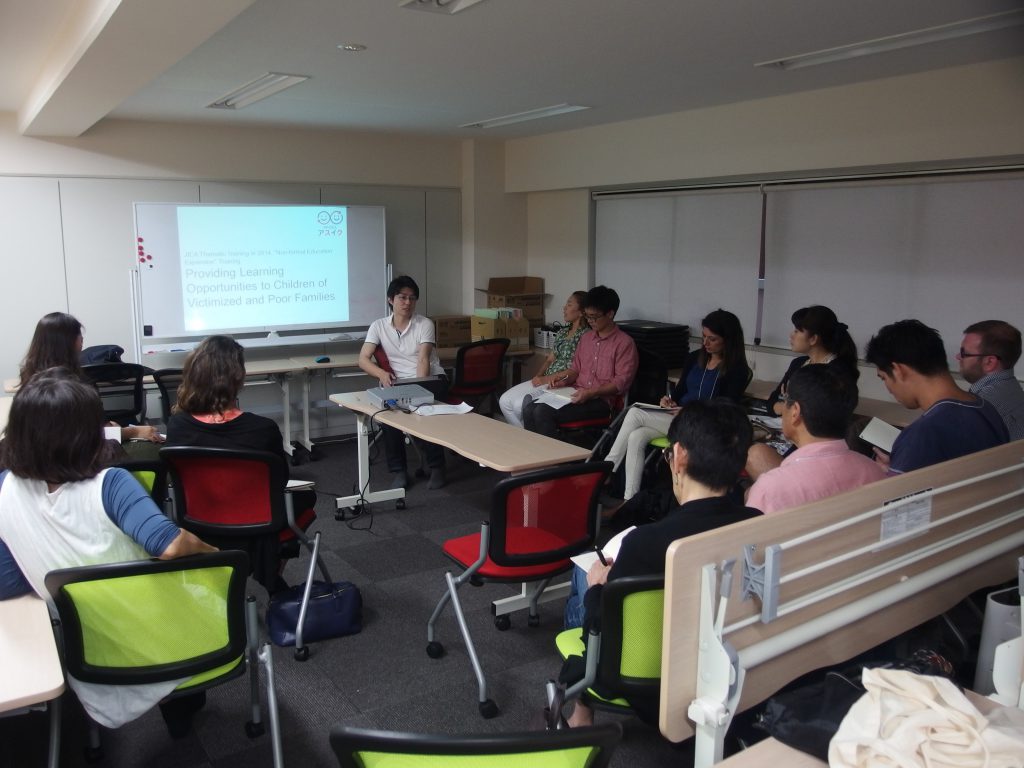
Presentation about poverty alleviation through education for low-income family children. by Asuiku in Sendai, Miyagi (Photo by Yuri Hongo)
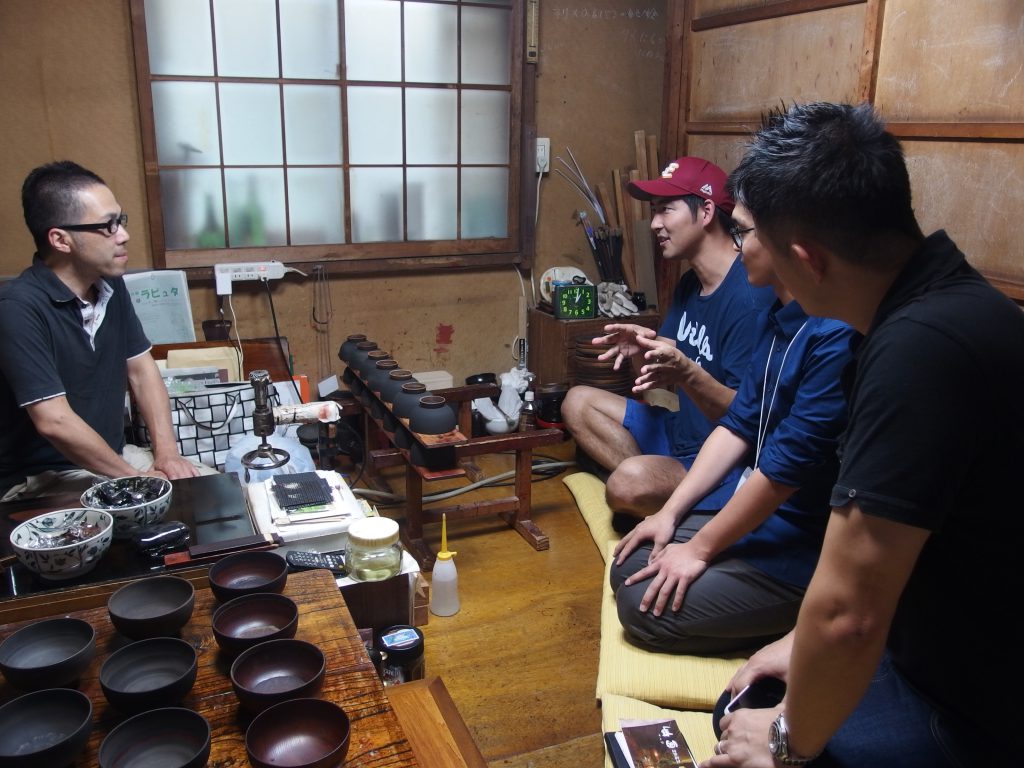
Visited traditional Urushi-ware artisans who produces sustainable Urushi brand for Meiten. Aizu Wakamatsu, Fukushima (Photo by Mio Yamamoto)

At Replus, participants experienced their preventive eldercare exercise program. Ishinomaki, Miyagi (Photo by Shinya Sotowa)

Participants planted nursery trees to recover coastal forests with Watari Green Belt. Watari, Miyagi (Photo by Shinya Sotowa)
After the barrage of field visits, the participants and social entrepreneurs enjoyed continuing conversation over dinner in Sendai. At the end of dinner, we were all surprised and impressed when Safi, one of the participants from the US, sang a famous Japanese song “Hana Wa Saku,” which was written wishing healing and recovery from the 3.11 disaster.
The last-half of the Learning Journey will be in our next blog article. Stay posted!

